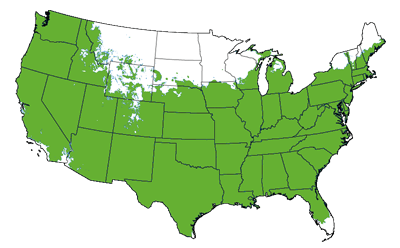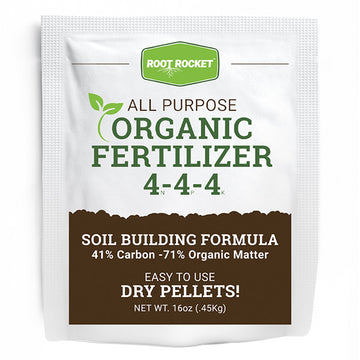Celestial Night™ Rose Tree
Product Details
 Growing Zones 5-9
Growing Zones 5-9
| Soil Type | Acidic, Well Drained |
| Sunlight | Full |
| Drought Tolerance | Semi |
| Mature Height | 5-6 Feet |
| Mature Width | 2-3 Feet |
| Growth Rate | Moderate |
| Bloom Color | Purple |
| Shipping Restriction | AZ |
Even among the prettiest roses, few varieties stand out next to the bold and dynamic Celestial Night Rose Tree. This rose boasts unique raspberry-purple, double-ruffled flowers to give your garden maximum impact with its lush blooms. Bees, butterflies, and birds will be visiting in no time!
A floribunda hybrid, Celestial Night has incredible disease resistance against common rose ailments. The dark green leaves remain glossy and bright throughout the whole season, along with the flowers thanks to its extended bloom time.
Roses truly are a versatile flower that works in any garden. Growing 4-5 feet tall, the Celestial Night™ rose works well in mass plantings, hedges, borders, patio containers, and general garden accents. You can even cut the rose buds and bring them inside for stunning cut flower arrangements.
Order this little-known and glamorous Celestial Night™ Rose Tree for your garden today! Find the perfect size for your garden at the best price with PlantingTree.com.
When does the Celestial Night™ Rose Tree bloom?
You can expect to see flowers in late spring through to the fall. You may see flowers the first year planted and more the consecutive years as the plant becomes well established.
When should I plant my Celestial Night™ Rose Tree?
Ideally, roses should be planted after the last frost in the spring or six weeks before the first frost in the fall. You can plant them any time you receive your rose, as long it gets sufficient water during the summer.
Planting
Select a site that gets 4-8 hours of sunlight a day. Six hours a day of early and late afternoon sun is ideal for producing more blooms and a hardy plant. If planting multiple roses, space 3 ft apart to ensure proper air circulation. Dig a hole twice as wide and deep as the root ball and plant the rose to be level with the ground.
Watering
Water frequently until the plant becomes fully established. In the second season, decrease the watering amount and let the soil dry out between waterings. Water the roots rather than overhead to prevent fungal disease.
Fertilizing
Fertilize with organic fertilizer formulated for roses once a month. This will encourage more blooms.
Maintenance
Do most of the pruning in spring after the last frost when the plant starts to wake up. Don’t heavily prune in the fall as it can affect the plant’s ability to overwinter. Remove diseased or broken branches at any time. Always use sterilized pruners to stop the spread of any disease.









